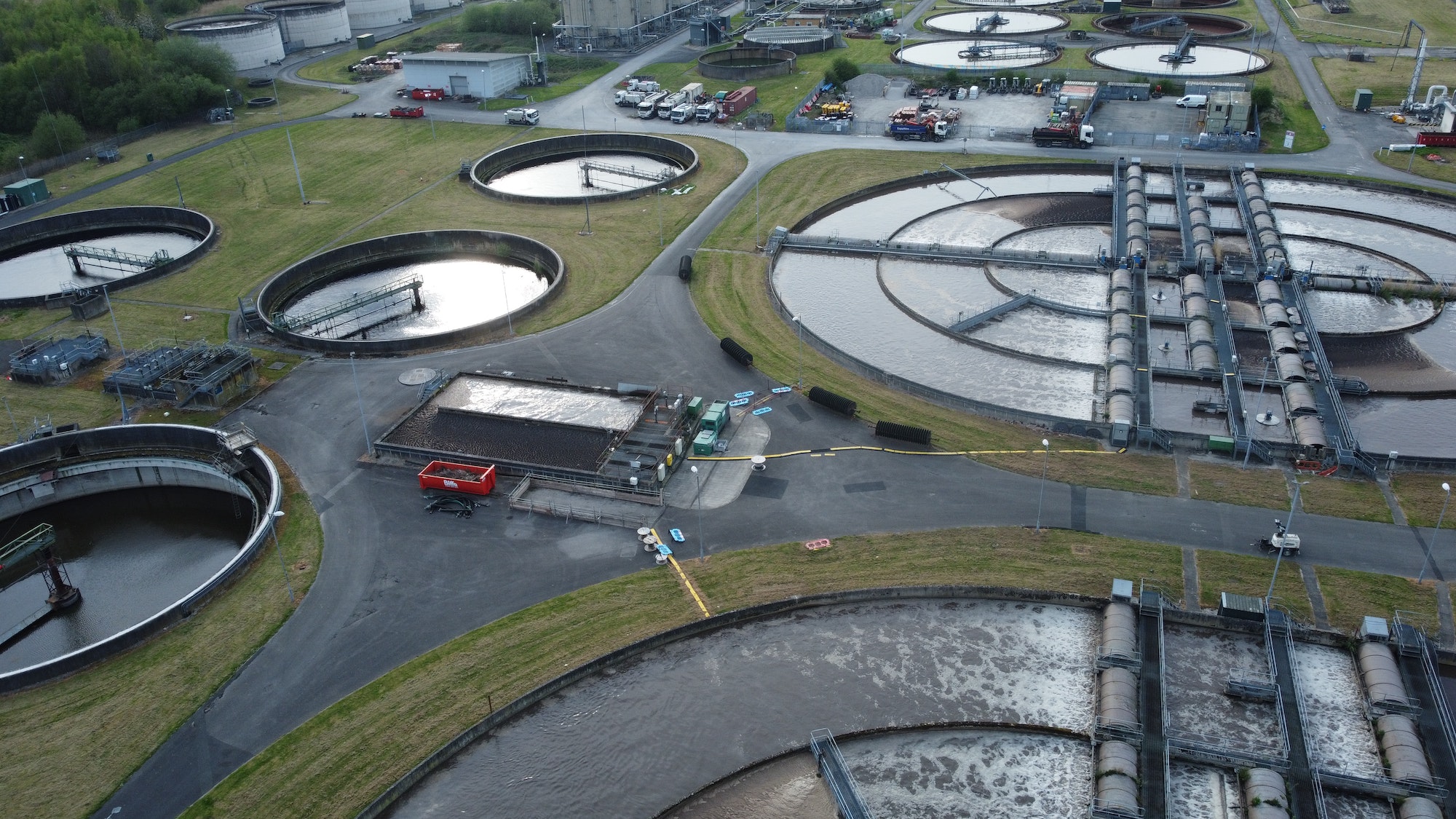Algae, often considered a nuisance due to their rapid growth and tendency to form dense mats in water bodies, have recently gained significant attention as a potential source of renewable energy and bioproducts. This interest has been driven by advances in algae cultivation technologies, coupled with the growing need for sustainable alternatives to fossil fuels and other non-renewable resources.
Overview of the Process
The process of converting algae biomass into bioproducts or bioenergy typically involves several steps:
- Algae cultivation: Algae can be cultivated in open ponds, closed photobioreactors, or other systems designed to provide optimal growth conditions such as light, temperature, and nutrients. The choice of cultivation system depends on factors such as the desired algae species, target product, and available resources.
- Harvesting and dewatering: Once the algae reach a desired level of biomass, they must be harvested from the cultivation system. This can be done using various methods such as filtration, centrifugation, or flocculation. After harvesting, the algae biomass usually needs to be dewatered to reduce its moisture content and facilitate further processing.
- Conversion: The harvested and dewatered algae biomass can then be converted into bioproducts or bioenergy through various processes such as anaerobic digestion, pyrolysis, gasification, or hydrothermal liquefaction. These processes break down the complex organic molecules in the algae cells into simpler compounds that can be used as fuels or building blocks for other products.
- Product separation and purification: Following conversion, the resulting mixture of products needs to be separated and purified to obtain the desired bioproducts or bioenergy carriers (e.g., biodiesel, ethanol, or biogas). This step may involve multiple unit operations such as distillation, extraction, or adsorption.
- Byproduct recovery and recycling: In addition to the target products, the conversion processes may generate various byproducts such as nutrients, minerals, or residual biomass. These byproducts can be recovered and recycled to minimize waste and improve the overall efficiency of the process.
Algae Wastewater Treatment Process
One promising application of algae biomass conversion is in the treatment of wastewater. Algae have a natural ability to remove nutrients (such as nitrogen and phosphorus) and other contaminants from water through their growth and metabolic processes. This capability can be harnessed for the treatment of municipal, industrial, or agricultural wastewater, providing an environmentally friendly and cost-effective alternative to conventional treatment methods.
In an algae-based wastewater treatment process, the wastewater is first passed through a primary treatment step (e.g., sedimentation or screening) to remove large particles and suspended solids. The partially treated wastewater is then introduced into an algae cultivation system, where the algae grow by absorbing nutrients and other contaminants from the water. The treated water can be further processed (e.g., through disinfection or filtration) before being discharged or reused.
The harvested algae biomass from the wastewater treatment process can be converted into bioproducts or bioenergy using the same methods described earlier. This not only provides a sustainable source of valuable products but also helps offset the costs associated with wastewater treatment.
Moreover, integrating algae cultivation with wastewater treatment can bring additional benefits such as reducing greenhouse gas emissions (due to carbon dioxide sequestration by the growing algae) and providing a means for resource recovery (e.g., harvesting valuable nutrients from the wastewater).
In conclusion, the conversion of algae biomass into bioproducts or bioenergy offers a promising avenue for addressing some of the most pressing environmental challenges facing our planet today. By harnessing the unique capabilities of these versatile organisms, we can develop sustainable solutions for waste management, renewable energy production, and resource recovery.


